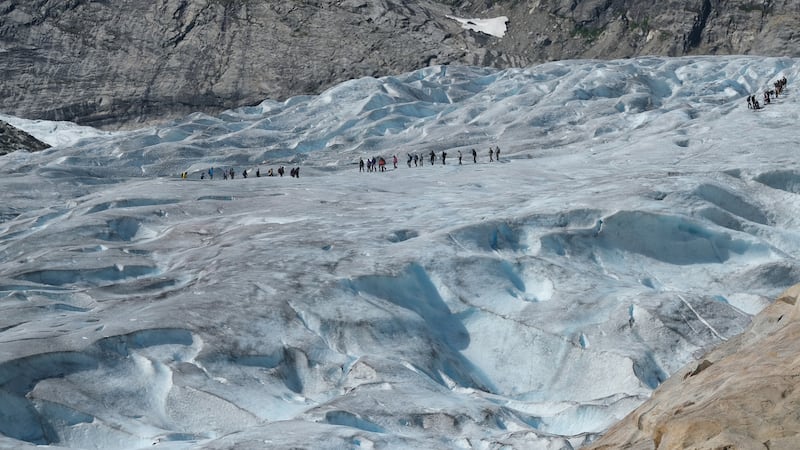Researchers investigating global ice melting have found that since 1994 some 28 trillion tonnes of ice have disappeared from the surface of the Earth. The satellite-photo-based work from Leeds and Edinburgh universities and University College London, finds ice loss matching the worst-case-scenario predictions outlined by the UN’s Intergovernmental Panel on Climate Change (IPCC).
The result will be not only to raise sea levels potentially as much as one metre by the end of the century, but also seriously to diminish the ability of the Earth to reflect solar radiation, further adding to rising sea and atmospheric temperatures.
The scientists , who describe their findings as “staggering” and clear confirmation of climate warming, warn that a million people are likely to be displaced from their low-lying homes for every centimetre rise in sea levels. Loss of glaciers in mountain ranges threatens to wipe out sources of fresh water on which local communities depend, and ice loss could also severely damage the biological health of Arctic and Antarctic waters.

The study, covering 1994 to 2017, surveyed glaciers in South America, Asia, Canada and other regions; Arctic and Antarctic sea ice; ground ice in Antarctica and Greenland; and ice shelves protruding from the Antarctic mainland. The ice loss is equivalent to an ice sheet over the entire landmass of Ireland to a depth of 300 metres.
The Irish Times view on the heavy economic cost of the pandemic
World View: Pandemic gives EU space to rethink economic model
The Irish Times view on the Scottish exams debacle: There may be trouble ahead
The Irish Times view on the latest measures to halt the spread of Covid-19: Time to pull together again
The findings come a week after scientists at Ohio State University warned that Greenland’s ice sheet may have passed a point of no return with snowfall no longer replenishing the pace of ice melt. It is the world’s second-largest ice body.
Thirty years after the IPCC first warned of global warming resulting from increased greenhouse gas emissions, meteorological data reflects a remorseless rise in global temperatures – from 0.14 degrees Celsius between 1980 and 1999, to 0.2 degrees Celsius in the last 20 years. Scientists warn that it will rise inexorably, and potentially catastrophically, to 0.3 degrees Celsius by the end of the century unless far-reaching action is taken – fossil fuels still supply 80 per cent of the world’s energy.














